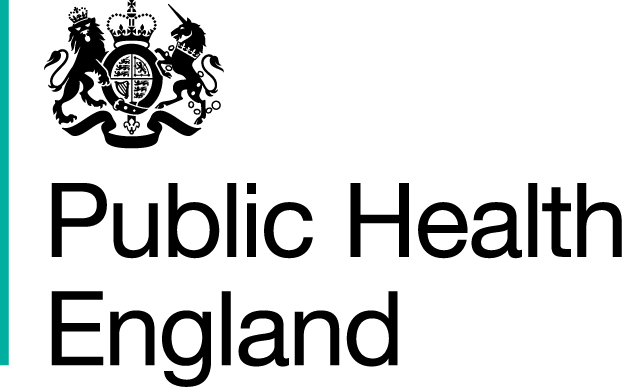
LSTM’s Seminar Series continued this week with a presentation by Professor Miles Carroll, from Public Health England, Porton Research. His seminar “Vaccine R&D: From Jenner to Rapuoli” was introduced by LSTM’s Giancarlo Biagini.
Professor Carroll started with a brief history of Porton Down, which was once a Ministry of Defence facility, which in the 1970s came under the Department of Health, studying emerging diseases and R&D of development of treatments and vaccines to infectious disease. It has a proven track record of translation research, with past successes including vaccinations for whooping cough, meningitis and treatments for anthrax and various decontaminants. His own department is made up of about 250 scientists and support staff who research into a broad spectrum of infectious diseases from research into TB, emerging infections, diagnostic technologies, biosafety and animal models.
He looked at the challenges to vaccine development, starting with the relatively simple steps taken by Edward Jenner in 1796, to develop a vaccine to smallpox, which is obviously very different to working in the heavily regulated field that exists today. Professor Carroll explained that all vaccinations take about 10 years to develop and therefore run the risk of being 10 years out of date by the time they have been developed, tested, licenced and launched. There has to be an element of guesswork into the way that a pathogen will change during development time frame and some diseases, such as dengue, have evolved a number of new strains making any single vaccine potentially less effective.
He went on to explain that a virus is relatively straightforward when looking for vaccines as there are fewer potential antigens than there are for bacterial infections and much fewer than for parasitic infections. He looked at how reverse vaccinology is a valuable tool as a method of identifying likely antigen candidates.
While it is clear that vaccines can be very effective in offering protection against disease, and in some cases cheaper than the development of drugs for treatment, Professor Carroll talked about some of the issues in the preparing a vaccine for development, through testing and licencing and explained the role of authentic animal models in the process.
To conclude he talked through some of the work that was recently or is currently being undertaken by his team such as their work on the TB Vaccine Programme, the influenza vaccine in 2009 and their ongoing interest in emerging diseases such as Crimean Congo Haemorrhagic Fever Virus. Professor Carroll finished by explaining that ensuring public confidence is key in any vaccination programme, with their success relying on >90% take up, especially in the case of children, where herd immunity protects those with a defective immune response .